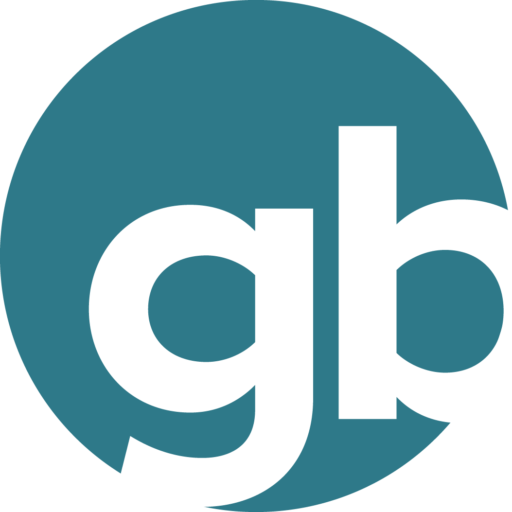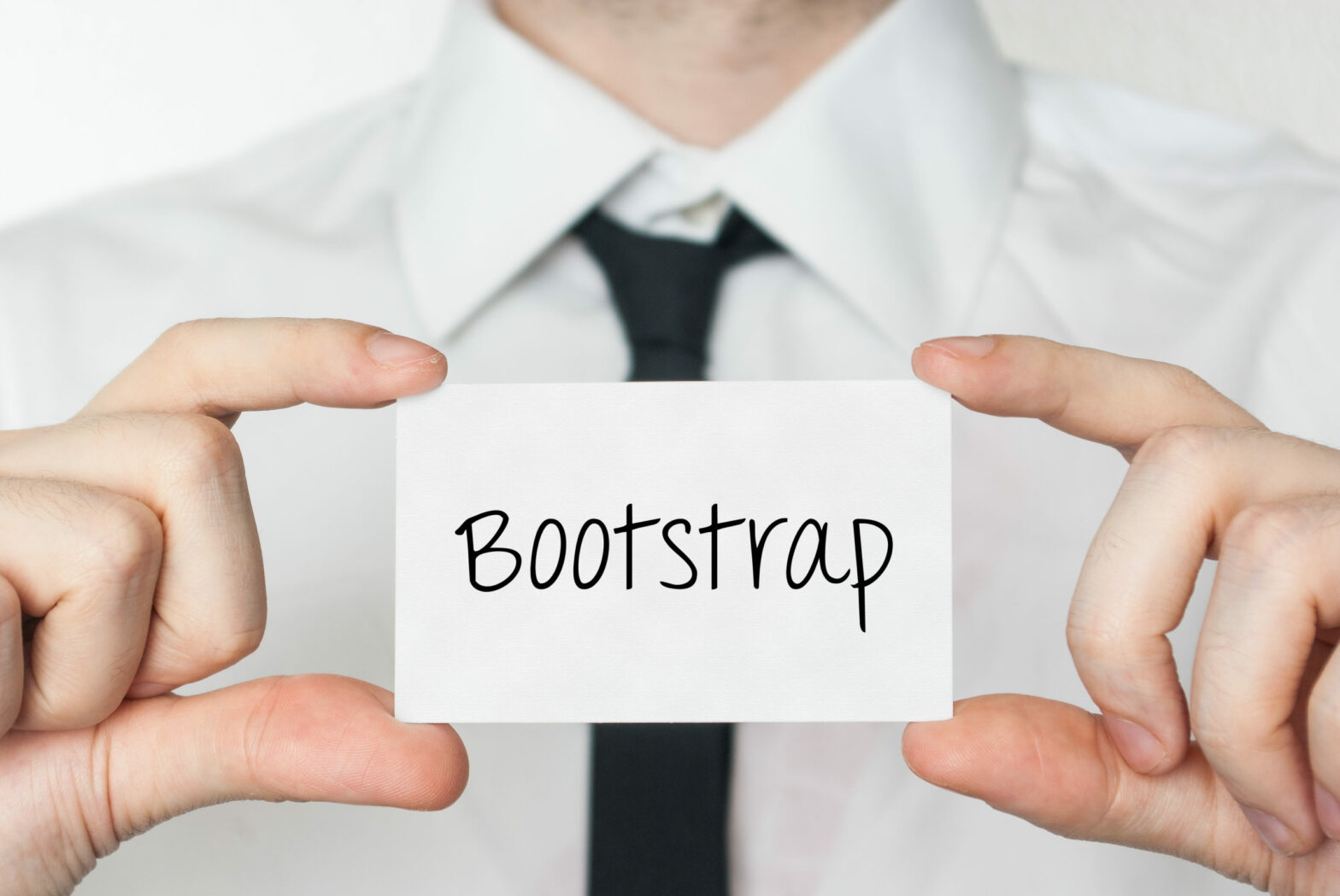Many small business owners will pay five times as much tax as they need to this year. The new 50 per cent income tax rate for higher earners should act as a catalyst for business owners to review the way they pay tax and look to make capital gains not income.
The gap between income tax plus National Insurance and capital gains tax (CGT), which currently stands at 10 per cent for those small business owners that qualify for entrepreneurial relief, has never been greater. Business owners that are able to draw the same amount of money from their company as capital, rather than as income, could slash their tax bills by around 80 per cent – a colossal incentive.
The good news is that all limited companies of whatever size and operating in whichever industry can make tax savings irrespective of the size of their profits. So how can small business owners take advantage of this difference?
Typically, business owners give themselves a “salary” or pay themselves a dividend based on the company’s profits and on which they will pay income tax.
In simple terms, if a company makes a £150,000 profit, it will need to pay around £31,500 in corporation tax (21 per cent), which leaves approximately £118,500. If the owner pays himself this amount as a dividend, he or she could pay income tax of as much as £42,792, leaving a net “salary” for the owner of £75,708.
However, if the owner decides to re-invest the £118,500 back into the company, he or she would pay a much-reduced amount of tax on this sum as a capital gain when the company is eventually sold (whether next year or in 50 years’ time). Instead of paying around £42,792 income tax, the owner would pay a sum closer to £11,850 in capital gains tax.
While great in theory, business owners can’t live on air during the period before the company is eventually sold. By paying themselves under a loan agreement, business owners can give themselves a “salary” and pay the lower capital gains rate of tax, putting £106,650 in their pocket rather than £75,708.
There are charges to be paid on the loan for which professional advice should be taken, but the considerable tax savings make it well worth the time and effort to investigate.
Sole traders should seriously consider converting their business into a limited company to take advantage of CGT. If they create a new company and sell the goodwill in the old business to the new company, they can pay lower rate corporation tax rather than income tax. The old business will cease to trade, having sold its entire undertaking to the company.
Additionally, they can draw a “salary” from the company as a loan rather than as a dividend. If a business makes £150,000 profit, the new business owner could take home £116,100 instead of £75,000 as a sole trader.
Although a complex area of tax law, the point about the loan is that it can run indefinitely and be paid off either from the proceeds of sale or, if there is no sale, from simply winding up the company when it has reached the end of its useful life.
Alternatively, the loan could be covered by salary or dividends at a later date of the individual’s choosing when he or she may be subject to income tax at a lower rate or not at all if, for example, he or she has moved abroad. The technique provides choice as to when to pay tax and how much.
The company will have had to make a loan to HMRC in the meantime and the director will have to pay an annual benefit-in-kind charge, but no more.
As long as the disparity between capital and income treatments remains, accountants will be busy devising ever more complex structures to reduce the amount of tax business owners have to pay.






